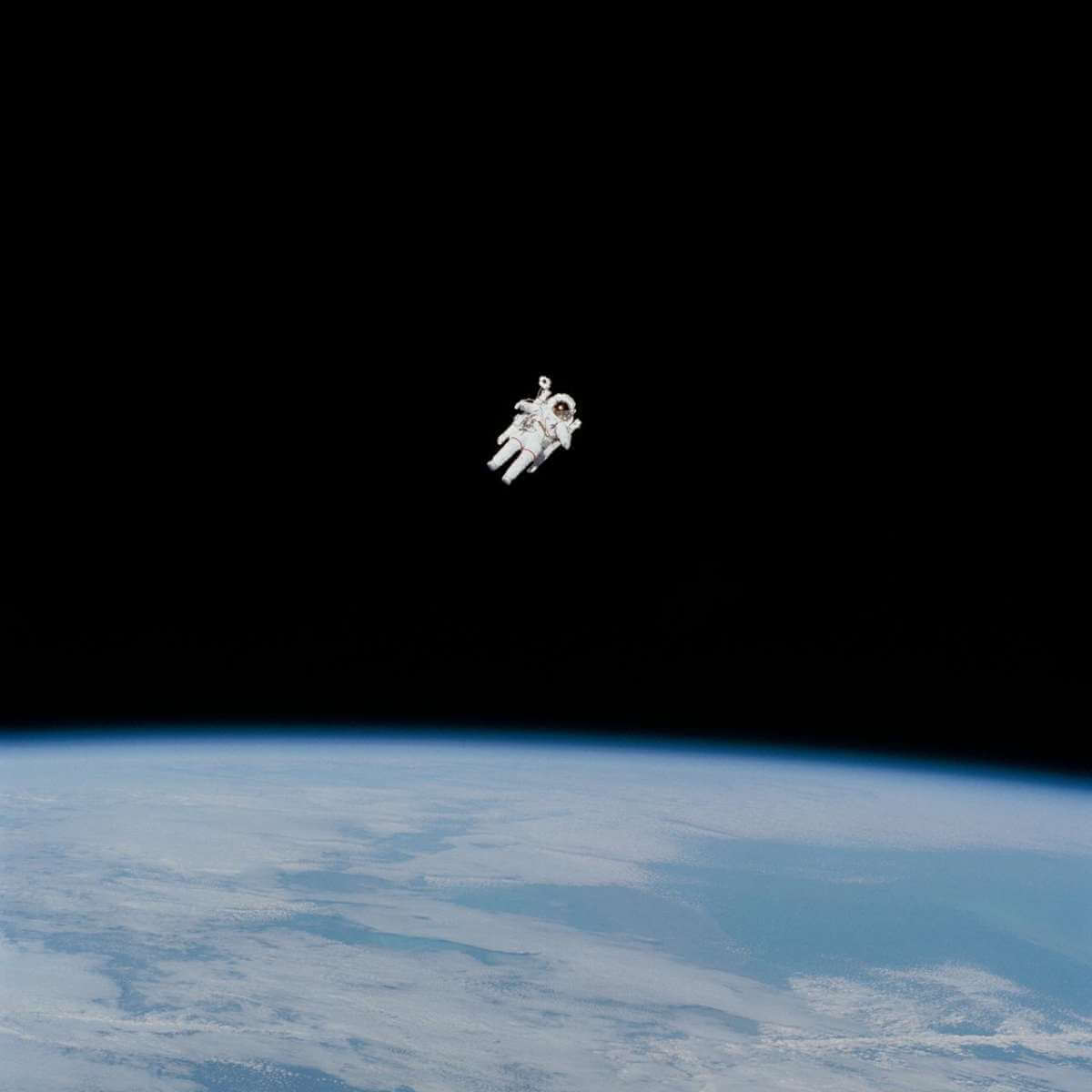Space travel is an exciting and fascinating topic that captivates the imagination of many people. The idea of exploring the vast unknown and discovering new worlds has always been an alluring prospect for humanity. But as much as space exploration is exciting, it is also a dangerous and risky endeavor.
One of the most terrifying possibilities for astronauts is the idea of floating away into the vacuum of space, never to return. So, what happens if an astronaut floats off into space? In this article, we will explore this chilling scenario and shed some light on what would happen if an astronaut were to become untethered and float away from their spacecraft.
The Dangers of Spacewalking
Spacewalking, also known as Extravehicular Activity (EVA), is a critical aspect of space exploration. It allows astronauts to repair and maintain spacecraft and perform scientific experiments outside the protective confines of their spacecraft. Spacewalks are conducted in the vacuum of space, where temperatures can fluctuate drastically, and radiation levels can be dangerous.
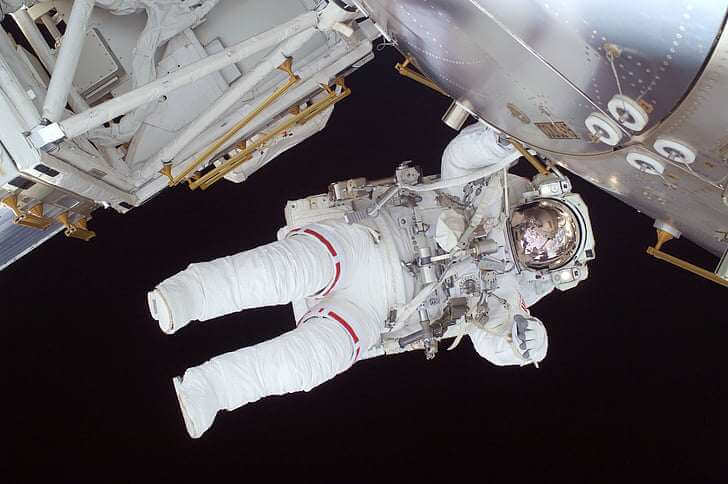
Spacewalks carry a significant risk of decompression sickness, as well as damage to spacesuits or life-support equipment. The lack of gravity and the potential for uncontrolled movement can also cause spatial disorientation, making it challenging to navigate and orient oneself. Spacewalking can be even more dangerous due to unexpected technical issues like equipment malfunctioning and sudden temperature drops, which can significantly increase the risks for the astronauts.
Safety Measures During Spacewalks
Spacewalking is an essential aspect of space exploration, but it can also be dangerous. To ensure the safety of astronauts during a spacewalk, a range of safety measures are put in place. These measures include tethering and safety cables, jetpacks, and communication and support from Mission Control.

Tethering and Safety Cables: Astronauts are tethered to the spacecraft during a spacewalk. The tether allows them to move freely outside the spacecraft while preventing them from drifting away. Safety cables are also attached to the spacecraft to provide an additional layer of security.
Jetpacks: Astronauts are equipped with jetpacks that can be used in case they become untethered from the spacecraft. The jetpack provides propulsion and allows them to return to the spacecraft safely.
Communication and Support from Mission Control: Astronauts receive constant communication and support from Mission Control during a spacewalk. Mission Control can guide them through any issues that may arise and provide assistance in case of an emergency.
Instances of Astronauts Becoming Untethered
Although safety measures have been implemented to minimize the risk of astronauts floating away during spacewalks, there have been instances where astronauts became untethered.
Two such instances are as follows:
Bruce McCandless II: In 1984, during the STS-41B mission, Bruce McCandless II became the first astronaut to conduct an untethered spacewalk. He used the Manned Maneuvering Unit (MMU) to move around freely in space, with no attachment to the spacecraft or any tether. The risk of losing communication with the spacecraft and running out of oxygen posed a significant danger, but McCandless was able to return safely to the spacecraft after nearly six hours of untethered activity.
Luca Parmitano: In 2013, during the Expedition 36 mission, Luca Parmitano of the European Space Agency experienced a frightening incident when water began to accumulate inside his helmet, obstructing his vision and hearing. As the amount of water increased, there was a risk of it entering his mouth and nose and suffocating him. He was eventually able to make it back to the airlock, but the incident highlighted the potential dangers of spacewalking and the importance of safety measures.
Consequences of Floating Away
In the vastness of space, there are many dangers that astronauts face during spacewalks, one of which is the possibility of floating away into the void. Despite safety measures and rigorous training, there have been instances where astronauts became untethered during spacewalks, leaving them in a perilous situation. The consequences of floating away into space are severe and can lead to rapid decompression, hypoxia, and, ultimately, death.
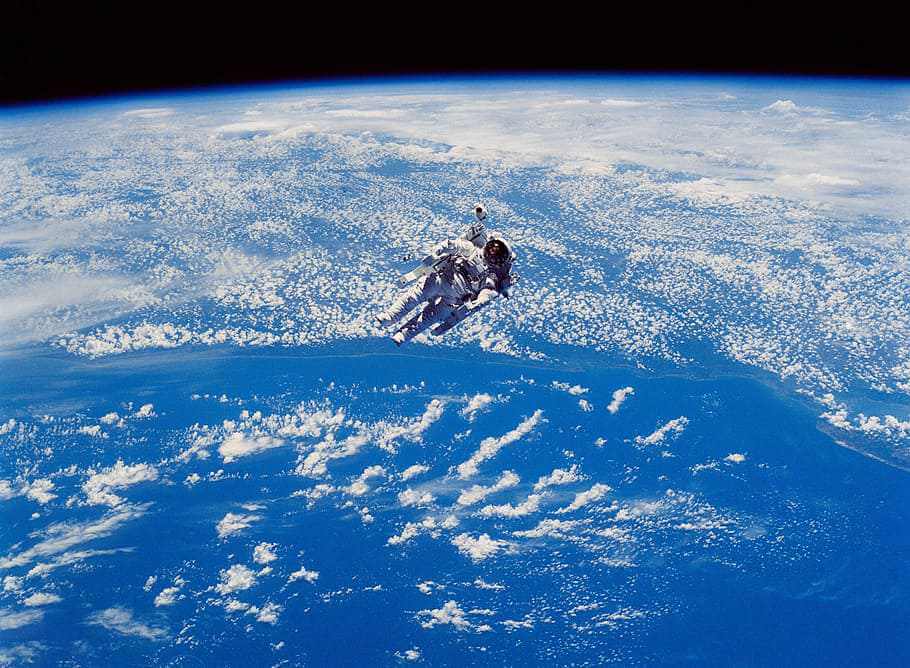
A closer look at the consequences of floating away into space:
● Rapid decompression: If an astronaut’s spacesuit were to rupture or become disconnected from their oxygen supply, they would quickly lose pressure and experience rapid decompression. This could cause significant harm to their body, including tissue and organ damage.
● Hypoxia: Without a source of oxygen, an astronaut would quickly experience hypoxia, a condition in which their body doesn’t receive enough oxygen. Symptoms of hypoxia can include dizziness, confusion, and loss of consciousness.
● Death: Ultimately, if an astronaut were to become untethered and unable to make it back to their spacecraft or station, they would likely die from a combination of hypoxia, rapid decompression, and exposure to the extreme temperatures and radiation of space.
The dangers and consequences are immense, and NASA has taken extensive measures to ensure the safety of its astronauts during spacewalks. Through proper training, safety protocols, and communication with mission control, the risk of becoming untethered has been significantly reduced.
Procedures for Retrieving a Floating Astronaut
In the event that an astronaut becomes untethered during a spacewalk, there are specific procedures that must be followed to retrieve them safely. These procedures include emergency retrieval protocols and specialized tools and techniques.
Protocols for Emergency Retrieval
The first step in retrieving a floating astronaut is to follow the protocols for emergency retrieval. These protocols involve immediate notification of the mission control center, which will then coordinate the efforts of the ground crew and the other astronauts in space to ensure the safe retrieval of the untethered astronaut.
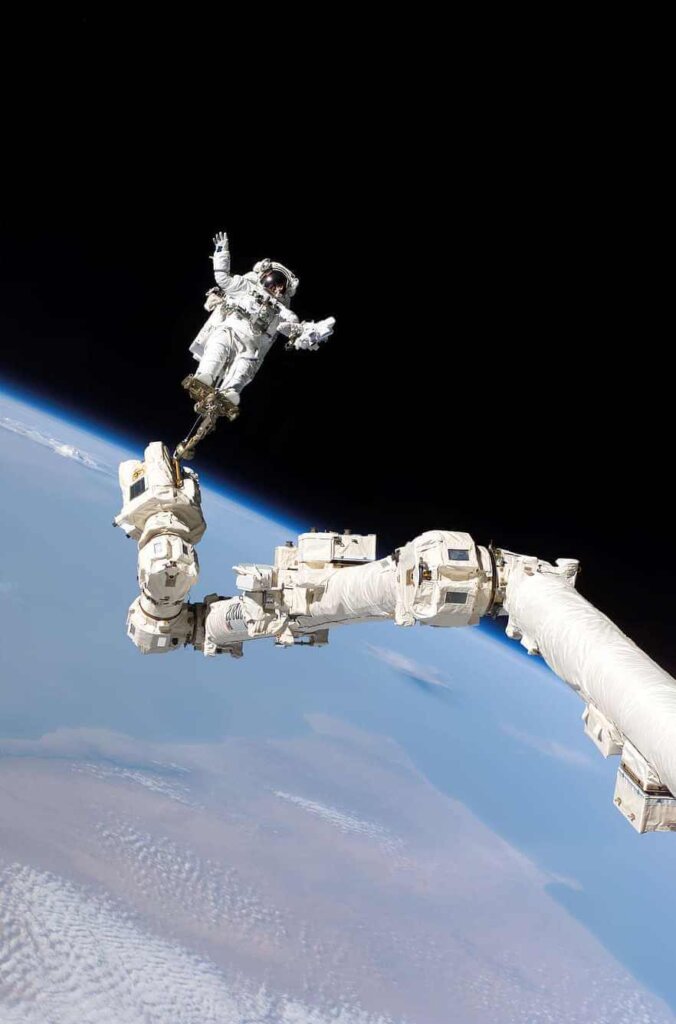
The ground crew will work to determine the astronaut’s location and trajectory and will provide guidance to the remaining astronauts on how to retrieve them. One critical aspect of emergency retrieval is timing. The longer an astronaut remains untethered, the greater the risk of injury or death. Therefore, the emergency retrieval protocols emphasize the need for swift action and collaboration to ensure a successful rescue.
Space Law and Ethics In Astronaut Retrieval
In the event of an untethered astronaut, the priority is to retrieve them as quickly and safely as possible. However, there are legal and ethical considerations that must be taken into account during the retrieval process.
Here are some important aspects of space law and ethics to keep in mind:
● The Outer Space Treaty of 1967, signed by 110 countries, sets forth principles governing the exploration and use of outer space, including the requirement to provide assistance to astronauts in distress.
● The Rescue Agreement of 1968 builds on the Outer Space Treaty by requiring signatories to render assistance to astronauts in distress and to return them to their country of origin.
● The Intergovernmental Agreement on Space Station Cooperation provides additional guidelines for cooperation and assistance between international partners on the International Space Station (ISS).
Mission Control and spacewalking astronauts must also consider the ethical implications of retrieving an untethered astronaut. For example, if the astronaut is critically injured or deceased, retrieval could risk the lives of other crew members or compromise the success of the mission. In such cases, the decision to retrieve or not to retrieve must balance the duty to protect life with the duty to protect the mission.
To navigate the legal and ethical complexities of astronaut retrieval, NASA has developed a detailed set of protocols and guidelines. These include:
● A system of emergency procedures that prioritizes the safety of the crew while ensuring that all efforts are made to retrieve the untethered astronaut.
● Communication with international partners and coordination with their respective space agencies to ensure compliance with international space laws and agreements.
● The use of specialized tools and techniques, such as robotic arms and handheld jet thrusters, to aid in the retrieval of the untethered astronaut.
● Comprehensive debriefings and reviews following the retrieval to ensure that protocols were followed and to identify areas for improvement.
Astronaut retrieval is governed by both space law and ethical principles, which emphasize the importance of safety and compliance with international agreements. Adherence to these regulations and ethical considerations is crucial in ensuring that human exploration and space activities are conducted responsibly and sustainably.
Tools and Techniques Used for Retrieval
NASA has developed specialized tools and techniques for the retrieval of a floating astronaut. One such tool is the “Simplified Aid for EVA Rescue” (SAFER) jetpack. The SAFER jetpack is worn by astronauts during spacewalks and can be used in the event that an astronaut becomes untethered. The jetpack is equipped with small thrusters that allow the astronaut to maneuver back to the safety of the spacecraft.
For retrieval, long poles or hooks may be used for snagging the astronaut’s suit, or a robotic arm may be used. The robotic arm is controlled by the ground crew and can be used to grasp the astronaut and bring them back to safety.
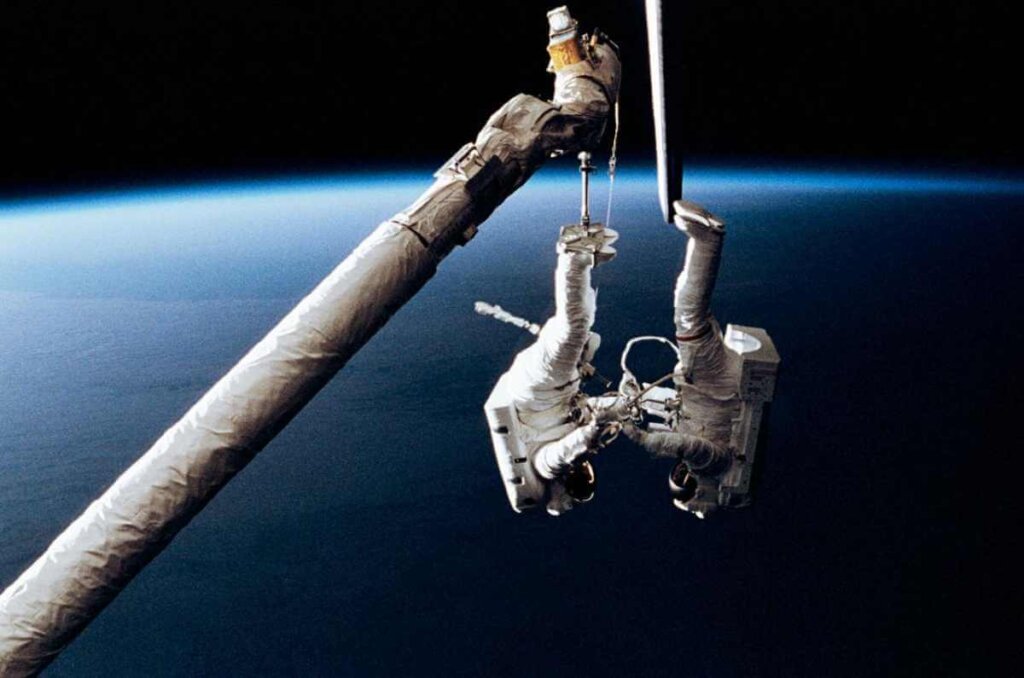
Any space mission’s safety and success are dependent on the procedures and protocols for retrieving a floating astronaut. By following these protocols and utilizing specialized tools and techniques, NASA has been able to minimize the risk of injury or death in the event of an untethered astronaut.
Conclusion
Spacewalks are an essential aspect of space exploration, but they come with significant risks. NASA has taken extensive measures to ensure the safety of its astronauts during spacewalks, including protocols for emergency retrieval and safety measures such as tethering and communication with mission control.
In the event of an untethered astronaut, rapid retrieval is critical to prevent severe consequences. Space law and ethics also play a significant role in astronaut retrieval, ensuring safety while upholding international agreements and ethical considerations.

